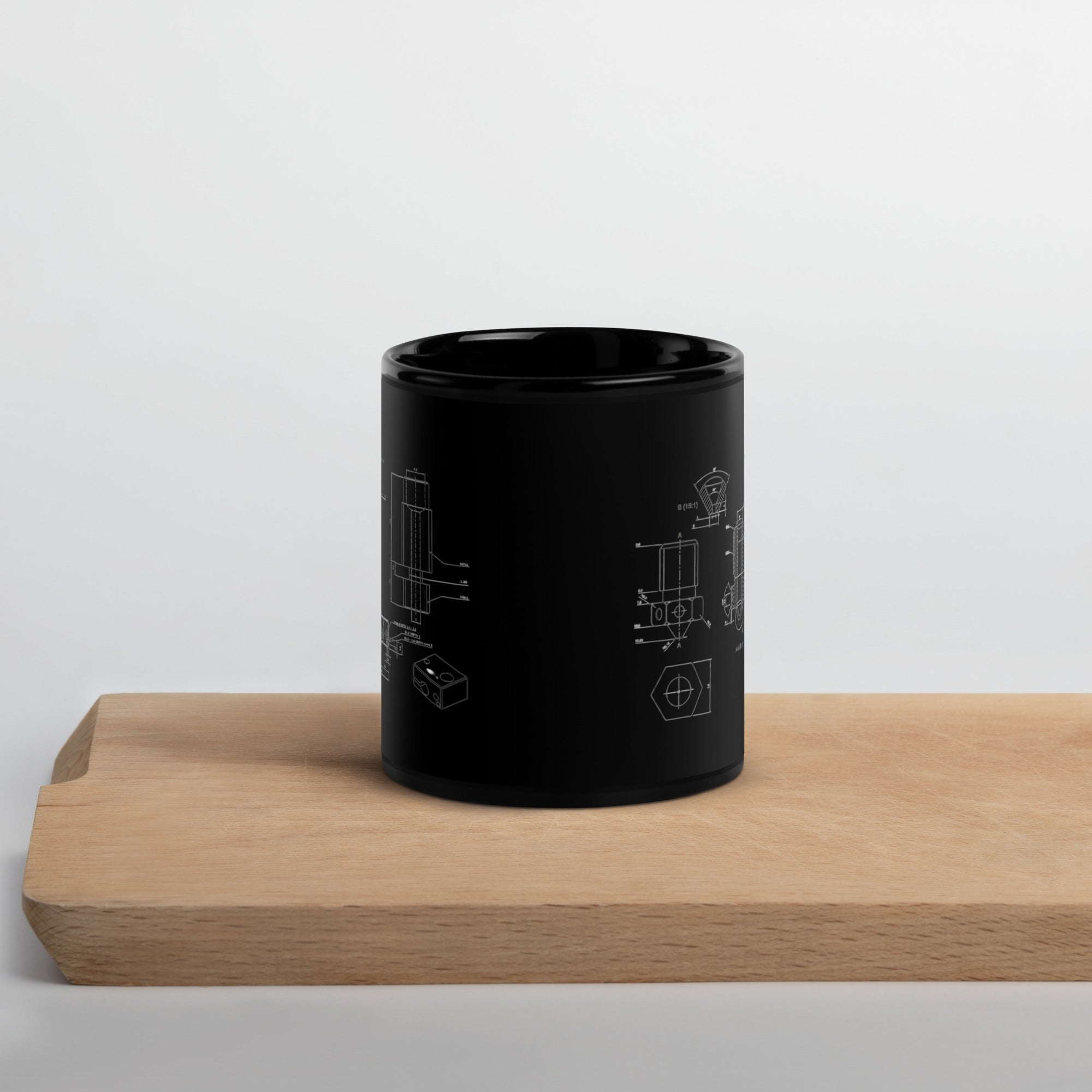What is bowden 3D printing
The main characteristic of Bowden drive systems is the separation between the extruder motor and the hot end. This setup offers several advantages and trade-offs compared to direct drive systems:
1. Reduced Moving Mass: With the extruder motor located away from the print head, the moving mass at the print head is significantly reduced. This allows for faster and more precise movements, resulting in potentially higher print speeds and better overall print quality.
2. Improved Printing of Small Features: The reduced moving mass in a Bowden setup makes it easier to print small features and intricate details, as there is less inertia to overcome during rapid changes in direction.
3. Compatibility with Lighter Print Heads: Since the extruder motor is mounted remotely, the print head can be designed to be lighter and more compact. This can contribute to smoother and more accurate movements, especially for printers with delta or other high-speed configurations.
4. Challenges with Flexible Filaments: Bowden setups can present challenges when printing flexible or soft filaments. The length of the Bowden tube introduces some compliance and can lead to issues like filament slipping or buckling. These problems can affect the accuracy and reliability of extrusion, making it more difficult to successfully print with flexible materials.
5. Longer Retraction: Because of the longer filament path in a Bowden setup, retracting the filament to prevent stringing and oozing can be more challenging. It may require higher retraction distances and speeds compared to direct drive systems.
Bowden drive 3D printers are commonly used in situations where reduced moving mass and increased print speeds are desired, such as printing large objects or high-speed prototypes. However, they may not be as suitable for printing flexible materials or achieving the same level of precision as direct drive systems.


